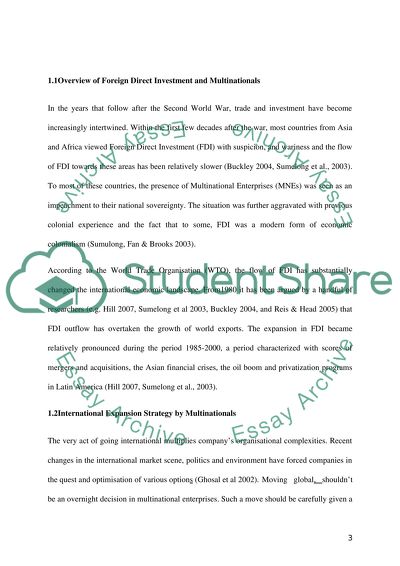Cite this document
(Strategies for Reaching Global Markets Coursework - 1, n.d.)
Strategies for Reaching Global Markets Coursework - 1. Retrieved from https://studentshare.org/marketing/1552070-strategies-for-reaching-global-markets
Strategies for Reaching Global Markets Coursework - 1. Retrieved from https://studentshare.org/marketing/1552070-strategies-for-reaching-global-markets
(Strategies for Reaching Global Markets Coursework - 1)
Strategies for Reaching Global Markets Coursework - 1. https://studentshare.org/marketing/1552070-strategies-for-reaching-global-markets.
Strategies for Reaching Global Markets Coursework - 1. https://studentshare.org/marketing/1552070-strategies-for-reaching-global-markets.
“Strategies for Reaching Global Markets Coursework - 1”. https://studentshare.org/marketing/1552070-strategies-for-reaching-global-markets.


